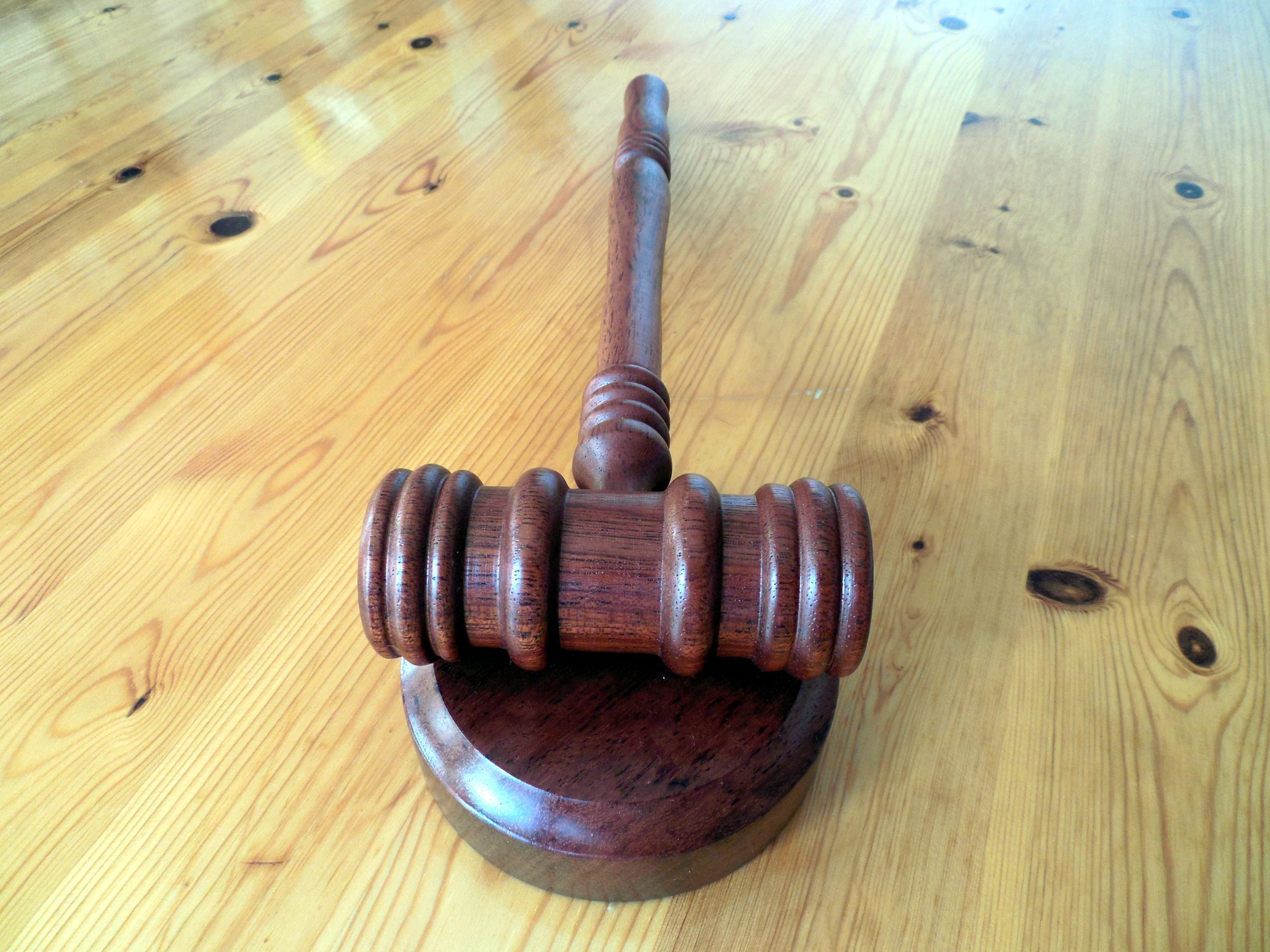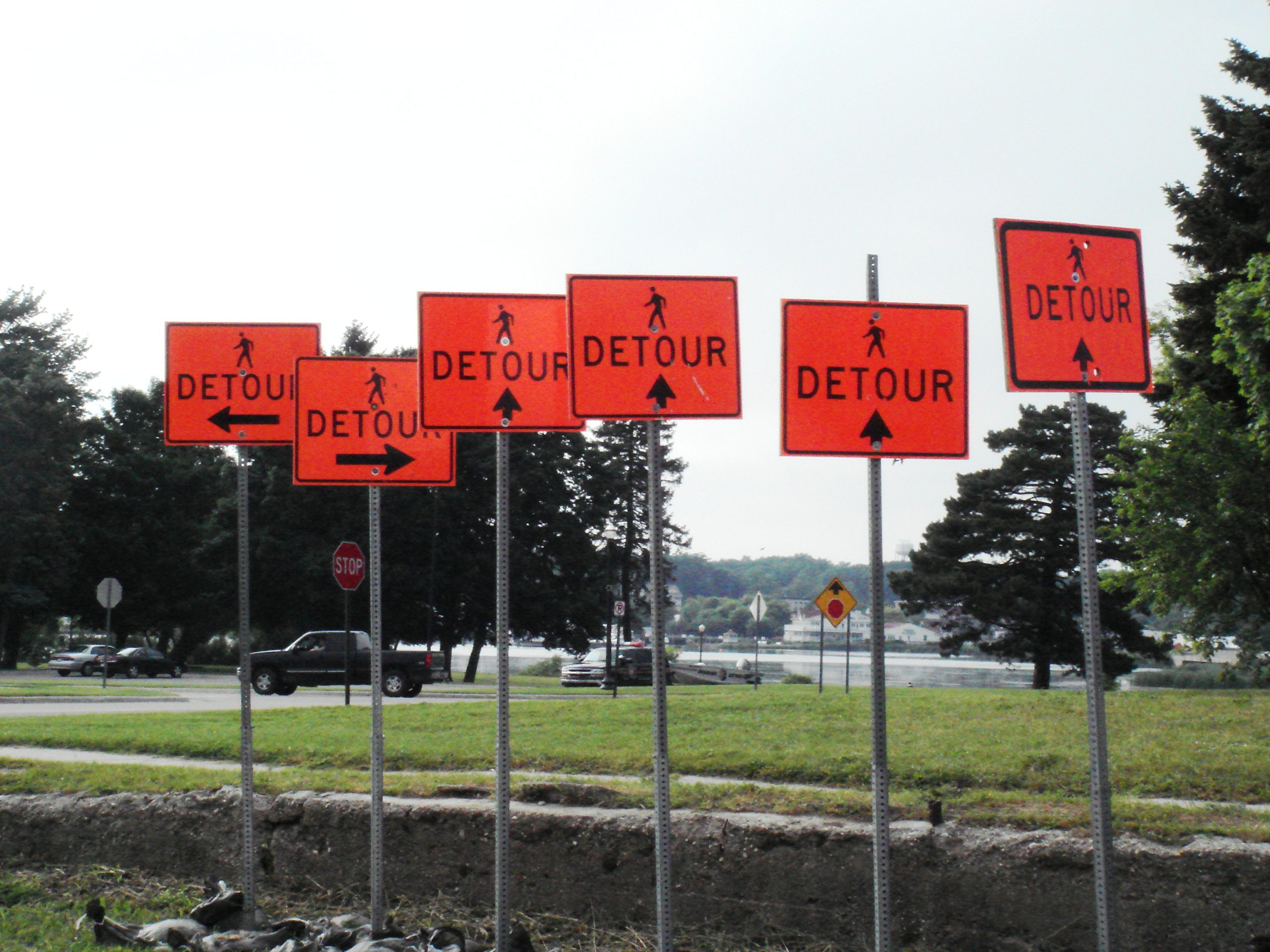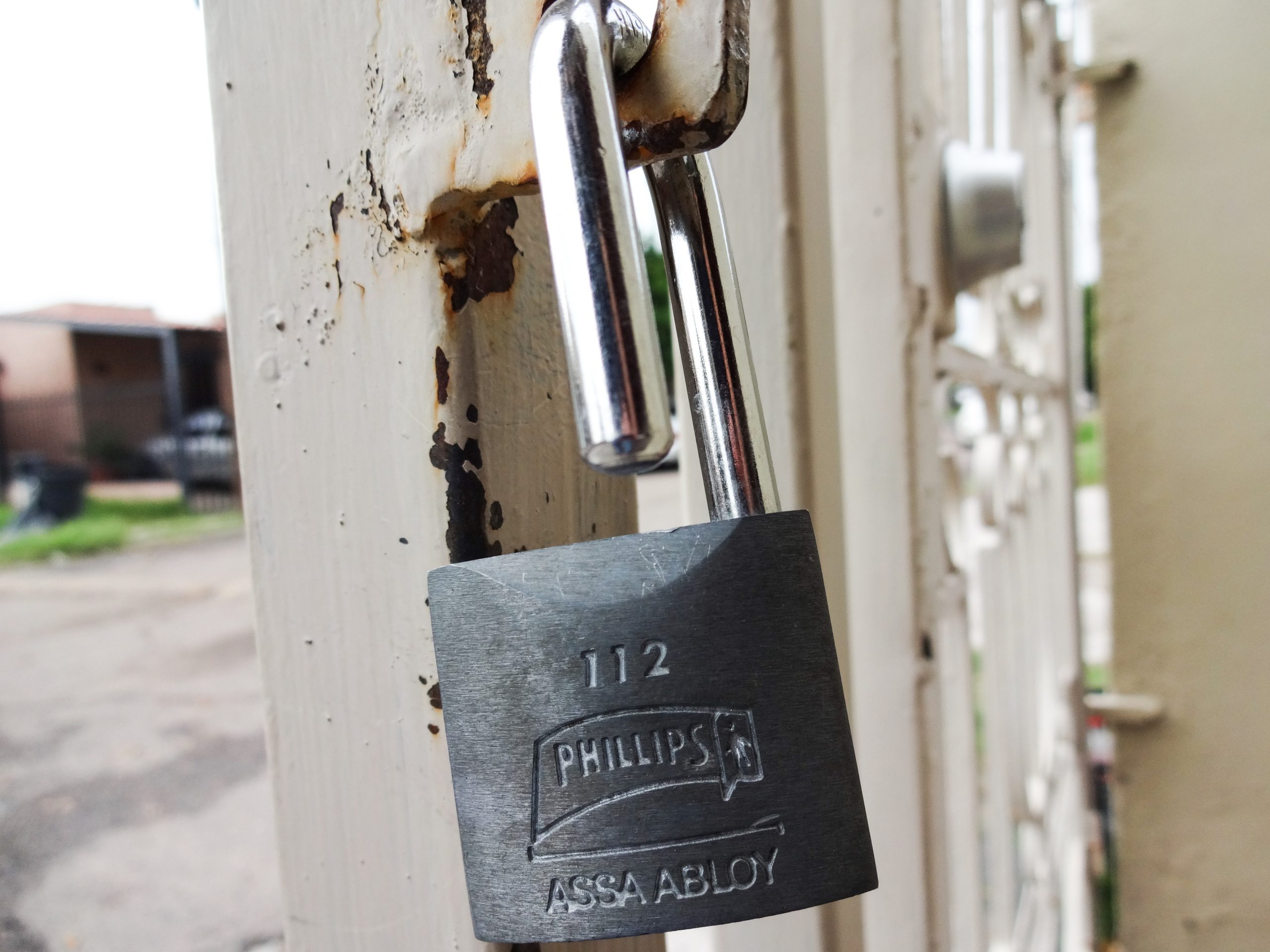It is extremely important to review your home insurance policy to determine what types of damages the policy will actually cover, especially in areas prone to suffer from hurricane damages. Under Louisiana law, the insured individual is required to first prove that the insurance policy covers the cause of the claim. For example, if the policy only covers certain types of causes of damage, such as wind and hail, then the insured must prove that the damage was in fact caused by either wind or hail. Once the insured has done this, then the insurance company can argue that the incident is not covered by the policy. Therefore, it is extremely important that the insured take the time to determine the cause of the damage in order to prove that the policy covers their claim.
A case arising from Lake Charles, Louisiana illustrates this point. In this case, a homeowner suffered roof damage that they believed was caused by Hurricane Ike around September 13, 2008. Four shingles were missing and the insured claimed that this resulted in leakage in several rooms of the home. However, State Farm, the homeowner’s insurance company, determined that the leakage was not caused by Hurricane Ike and reclassified the claim as a “non-hurricane” claim.
State Farm, using several experts, determined that the leakage resulted from normal wear and tear on the roof, and therefore the homeowner’s insurance policy did not cover the leakage damage. Instead, State Farm concluded that only the four missing shingles were the result of wind and that they were the only damages that State Farm should reimburse to the insured; State Farm did not reimburse the insured for the damages caused by the leakage, but just the replacement value of the four damaged or missing shingles. The total damages that State Farm paid were under $500.00.
The insured had damages that were estimated at $9,385.00 by one expert and $204,717.78 by another expert. However, while these experts estimated what the cost of the leakage damage and repairing the roof would be, neither expert determined the actual cause of the damages. One of the insured’s experts thought that the wind had lifted the house’s flat roofing, which allowed water to enter the home. However, the expert could not explain why the nails on the flat roofing were still in place if the wind had lifted it. The State Farm expert, on the other hand, determined that the wind damage only included those four damaged or missing shingles and the leakage was actually caused by normal wear and tear. The State Farm expert concluded that there was “no evidence of roof damage that would be caused by severe weather . . . . The roofs, both asbestos shingle and built up roofs and all associated flashings are past their life cycle and are in need of replacement.”
The insured’s policy did not cover “poor workmanship; wear, tear, deterioration, or latent defect; settling, cracking, or expansion of walls, roofs, or ceilings; or leakage of water from air conditioning systems, household appliances, or plumbing.” Since the State Farm expert determined that the cause of the damage was from normal wear and tear, there was no way that the insured could satisfy the requirement to prove that the policy covered his claim. As such, the court granted State Farm summary judgment.
The court will grant summary judgment where one party cannot meet their required burden as a matter of law at trial. Summary judgment allows the court to avoid costly trials where there is one clear winner before the trial even begins. In this case, where the insured had no evidence that all of the damage he was claiming was caused by an occurrence included in the insurance policy, the court determined that summary judgment was appropriate. If the insured had employed experts that specifically testified as to the cause of the leakage damage, then the court may have allowed the case to proceed to trial. Further, the insured could have made a more diligent effort to report leakage as it occurred, which would help prevent the damage from spreading in the long run.
This case illustrates several very important points for the average homeowner. First, you should carefully read your policy so that you know what type of damage is covered. Second, if necessary, you may need to acquire experts that can explain what caused the damage to your home. Lastly, report damages immediately so that you can avoid costly repairs later on. Continue reading
 Mardi Gras, a time of joyous celebration, took an unexpected turn for a store near a French Quarter hotel when a sprinkler head malfunctioned, resulting in significant water damage. Despite the storeowner’s insurance covering the damages, a lawsuit ensued to determine the hotel’s liability for the losses incurred. This case highlights the complexities of determining responsibility and legal remedies in property damage cases, emphasizing the importance of seeking legal counsel to navigate such situations effectively.
Mardi Gras, a time of joyous celebration, took an unexpected turn for a store near a French Quarter hotel when a sprinkler head malfunctioned, resulting in significant water damage. Despite the storeowner’s insurance covering the damages, a lawsuit ensued to determine the hotel’s liability for the losses incurred. This case highlights the complexities of determining responsibility and legal remedies in property damage cases, emphasizing the importance of seeking legal counsel to navigate such situations effectively. Insurance Dispute Lawyer Blog
Insurance Dispute Lawyer Blog


 Losing a lawsuit can lead to frustration with your attorney, and you might contemplate pursuing a legal malpractice claim against them. However, it is crucial to comprehend the essential elements required to succeed in such a claim; otherwise, your case may face dismissal. The Klein v. Wynne lawsuit examines the importance of meeting all the requirements to prevail in a legal malpractice lawsuit and highlights the potential consequences of failing to do so.
Losing a lawsuit can lead to frustration with your attorney, and you might contemplate pursuing a legal malpractice claim against them. However, it is crucial to comprehend the essential elements required to succeed in such a claim; otherwise, your case may face dismissal. The Klein v. Wynne lawsuit examines the importance of meeting all the requirements to prevail in a legal malpractice lawsuit and highlights the potential consequences of failing to do so. Nobody likes insurance policies or divorce. Both can be extremely messy and full of legal jargon. Megan Daigle experienced this firsthand as her divorced parents’ insurance did not cover everything they hoped for.
Nobody likes insurance policies or divorce. Both can be extremely messy and full of legal jargon. Megan Daigle experienced this firsthand as her divorced parents’ insurance did not cover everything they hoped for.  Courts often rely on motions for summary judgments to avoid the costly and time-consuming reality of going to trial and presenting a case in front of a jury. Motions for summary judgment are when one party asks the court to decide the case based on the current facts alleged in their favor. Courts should grant these motions when there are no facts in dispute for the jury to resolve. But how much evidence does a party have to present to survive one of these motions? A case out of New Orleans shows that, in some cases, just having medical records could be enough to deny a motion for summary judgment.
Courts often rely on motions for summary judgments to avoid the costly and time-consuming reality of going to trial and presenting a case in front of a jury. Motions for summary judgment are when one party asks the court to decide the case based on the current facts alleged in their favor. Courts should grant these motions when there are no facts in dispute for the jury to resolve. But how much evidence does a party have to present to survive one of these motions? A case out of New Orleans shows that, in some cases, just having medical records could be enough to deny a motion for summary judgment.  Court cases are contentious, polarizing atmospheres between the parties. Stubbornness is ripe, and the opposing parties are staunchly in, unsurprisingly, opposition. However, sometimes even opposing parties can agree. Any party can take issue with a court’s judgment, and sometimes ALL parties can take issue with a court’s decision–even if these issues are different. But when multiple parties raise various errors in a trial court judgment, how can the higher courts resolve such allegations of error?
Court cases are contentious, polarizing atmospheres between the parties. Stubbornness is ripe, and the opposing parties are staunchly in, unsurprisingly, opposition. However, sometimes even opposing parties can agree. Any party can take issue with a court’s judgment, and sometimes ALL parties can take issue with a court’s decision–even if these issues are different. But when multiple parties raise various errors in a trial court judgment, how can the higher courts resolve such allegations of error?
 Before purchasing motor vehicle insurance, it is vital to fully understand what the policies will cover. For instance, some policies may not cover your medical bills if you were involved in a single-vehicle accident. Understanding what is covered and what is not may help you avoid legal action in the future.
Before purchasing motor vehicle insurance, it is vital to fully understand what the policies will cover. For instance, some policies may not cover your medical bills if you were involved in a single-vehicle accident. Understanding what is covered and what is not may help you avoid legal action in the future.